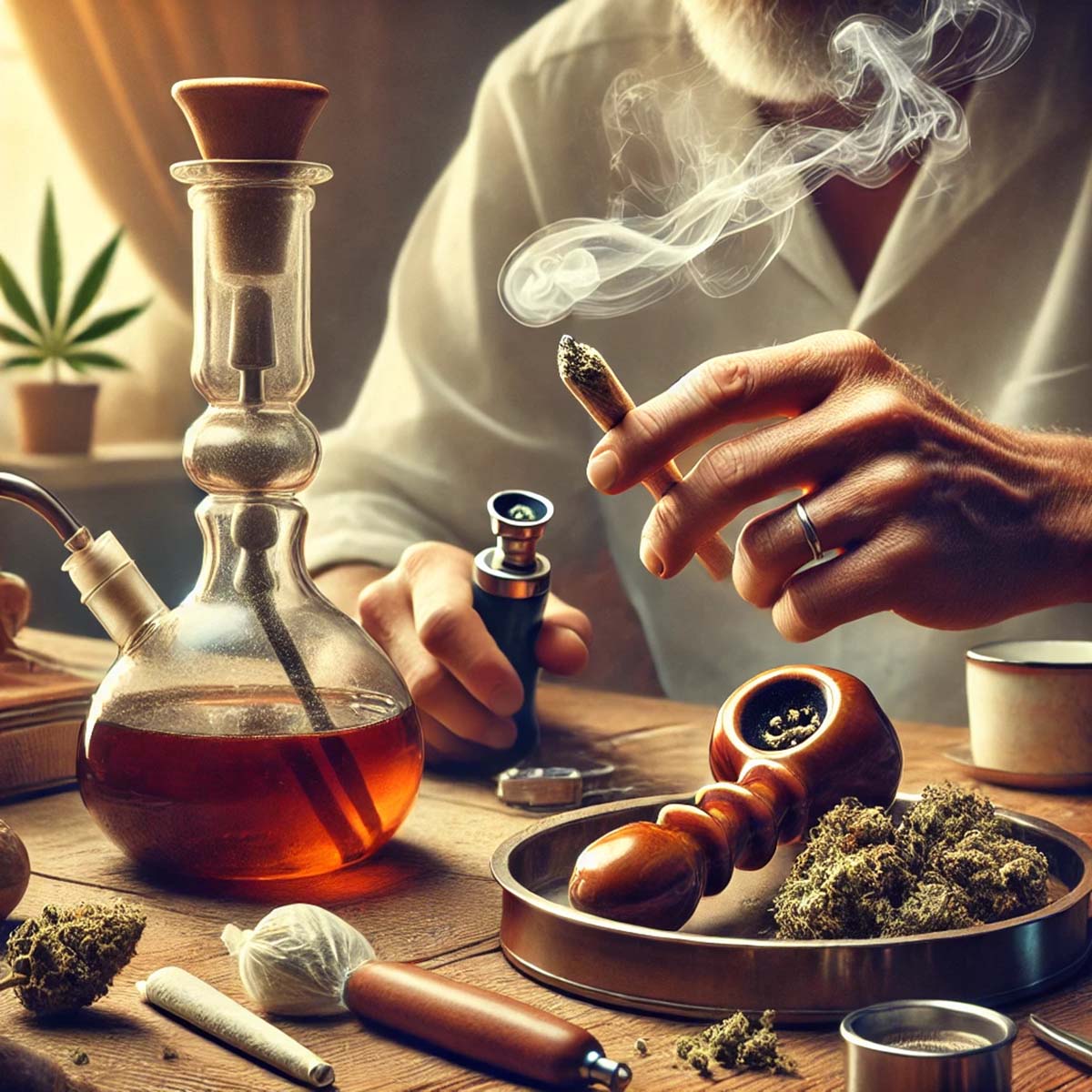Smoking is one of the oldest and most traditional methods of consuming cannabis. For many enthusiasts, it remains the preferred way to experience the effects of this versatile plant. Despite the advent of new consumption methods, smoking continues to be popular due to its simplicity, immediate effects, and the ritualistic experience it offers. In this blog, we will explore the various aspects of smoking cannabis, including its history, methods, effects, and considerations.
A Brief History of Smoking Cannabis
Cannabis smoking dates back thousands of years, with evidence of its use in ancient cultures across the globe. From ceremonial practices in ancient China and India to recreational use in the Middle East and Africa, smoking has long been a central method of consuming cannabis. The ritual of smoking cannabis has been passed down through generations, evolving into the diverse practices seen today.
Methods of Smoking Cannabis
There are several methods to smoke cannabis, each offering a unique experience. Here are some of the most common ways:
1. Joints:
- Description: Joints are cannabis cigarettes rolled using rolling papers. They are portable, easy to share, and one of the most popular methods of smoking cannabis.
- How to Use: Ground cannabis is rolled into a paper, often with a filter or crutch at one end. Once rolled, the joint is lit, and the smoke is inhaled.
2. Blunts:
- Description: Blunts are similar to joints but are rolled using cigar or blunt wraps, which are typically made from tobacco leaves. They tend to burn slower and can hold more cannabis.
- How to Use: Ground cannabis is rolled into a blunt wrap, then sealed and lit. The addition of tobacco can provide a different flavor and enhanced effects.
3. Pipes:
- Description: Pipes are small, portable devices made from materials such as glass, metal, or wood. They have a bowl to hold the cannabis and a mouthpiece for inhaling the smoke.
- How to Use: Cannabis is packed into the bowl of the pipe. The user lights the cannabis while inhaling through the mouthpiece, drawing the smoke into their lungs.
4. Bongs:
- Description: Bongs, also known as water pipes, use water to filter and cool the smoke, providing a smoother inhalation experience. They come in various sizes and designs.
- How to Use: Cannabis is placed in a bowl attached to the bong. The user lights the cannabis while inhaling through the mouthpiece, drawing the smoke through the water chamber before inhaling it.
5. Hookahs:
- Description: Hookahs are traditional Middle Eastern water pipes that can be used to smoke cannabis. They are typically larger and designed for social smoking sessions.
- How to Use: Cannabis or cannabis mixed with shisha (flavored tobacco) is placed in the bowl. The user heats the bowl with charcoal and inhales through a hose, drawing the smoke through the water chamber.
Effects of Smoking Cannabis
Immediate Effects:
- Onset: Smoking cannabis provides rapid onset of effects, typically within minutes. This makes it easy for users to control their dosage and achieve the desired experience.
- Duration: The effects of smoking cannabis usually last for 1 to 3 hours, depending on the strain, dosage, and individual tolerance.
Physical and Mental Effects:
- Physical: Common physical effects include relaxation, pain relief, dry mouth, increased heart rate, and changes in appetite.
- Mental: Mental effects can range from euphoria, increased creativity, and enhanced sensory perception to anxiety, paranoia, and impaired short-term memory.
Health Considerations
While smoking cannabis is popular, it is important to be aware of the potential health risks associated with this method:
Respiratory Health:
- Risks: Smoking cannabis can irritate the respiratory system, leading to symptoms such as coughing, bronchitis, and lung irritation. Long-term smoking can have similar risks to tobacco smoking, including chronic respiratory conditions.
- Mitigation: Using water pipes or vaporizers can reduce some of the harmful effects by cooling the smoke and reducing combustion byproducts.
Additives and Purity:
- Risks: Cannabis products can sometimes contain additives, contaminants, or pesticides that pose health risks. Smoking such products can introduce harmful substances into the lungs.
- Mitigation: Purchasing cannabis from reputable sources and ensuring it has been tested for purity and safety can help mitigate these risks.
Legal and Social Considerations
Legal Status:
- Varies by Region: The legality of smoking cannabis varies widely by region. Some places have legalized both medical and recreational use, while others have strict prohibitions. It is essential to be aware of local laws and regulations.
- Public Use: Even in areas where cannabis is legal, smoking in public places is often prohibited. Users should be mindful of local ordinances and respect public spaces.
Social Aspects:
- Stigma: Despite growing acceptance, there can still be social stigma associated with smoking cannabis. Users should be considerate of others and aware of the social context in which they choose to smoke.
- Etiquette: In social settings, sharing joints, pipes, or bongs is common. Observing proper smoking etiquette, such as passing to the left and not bogarting (hogging) the joint, can enhance the communal experience.
Smoking remains a traditional and widely practiced method of consuming cannabis, offering immediate effects and a rich cultural history. While it provides a unique and enjoyable experience for many, it is essential to consider the potential health risks and legal implications. By staying informed and making conscious choices, users can enjoy the benefits of smoking cannabis responsibly and respectfully.



